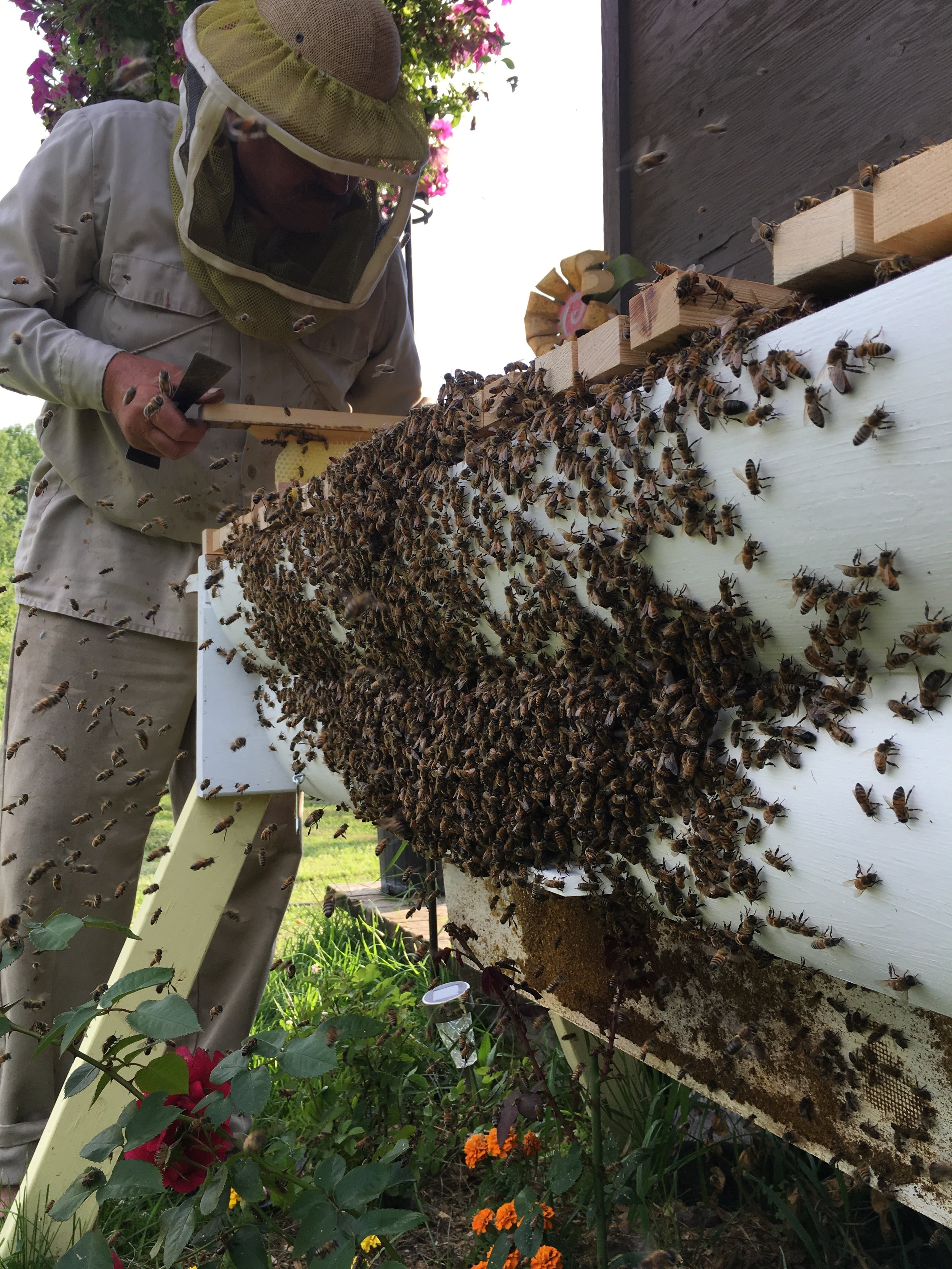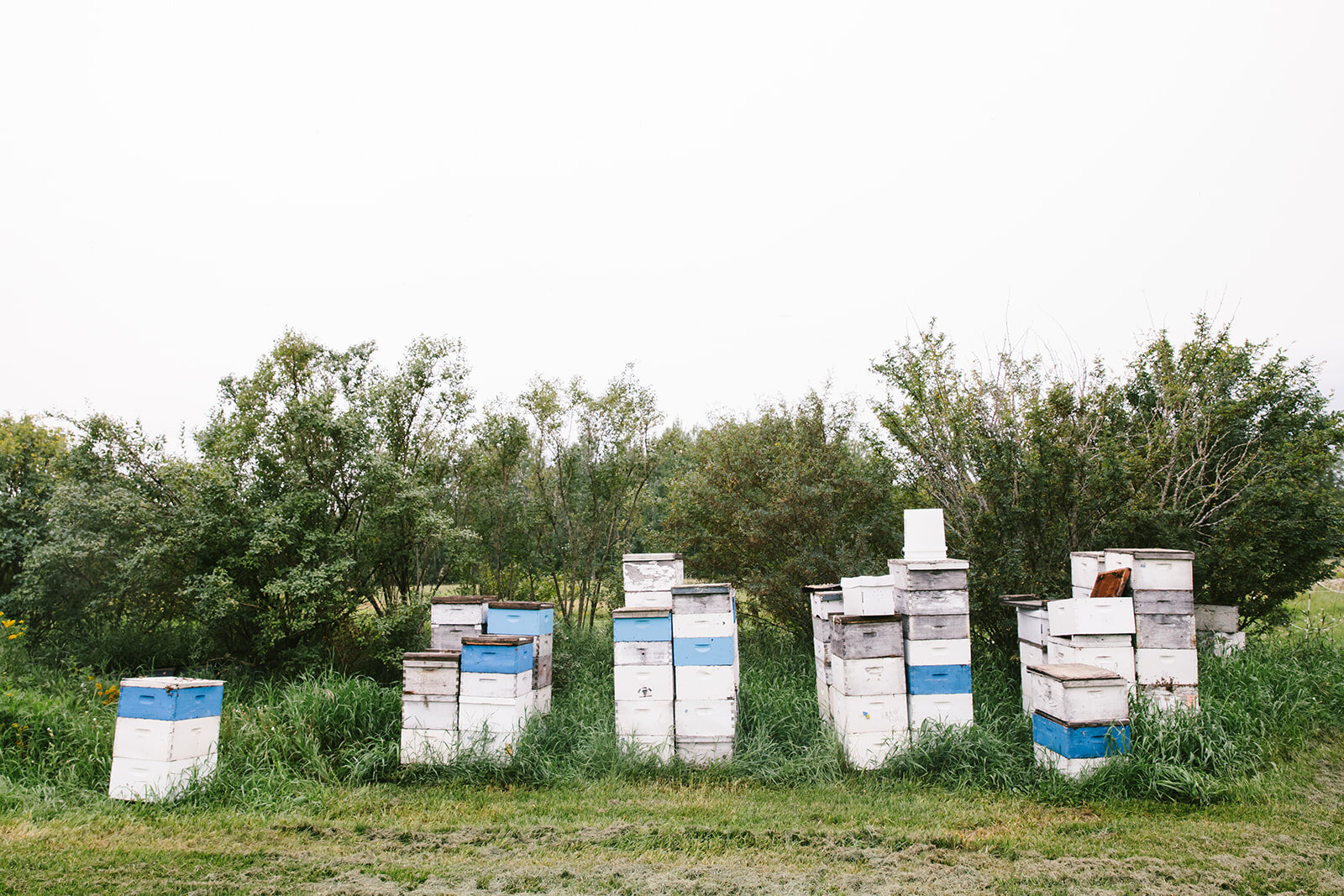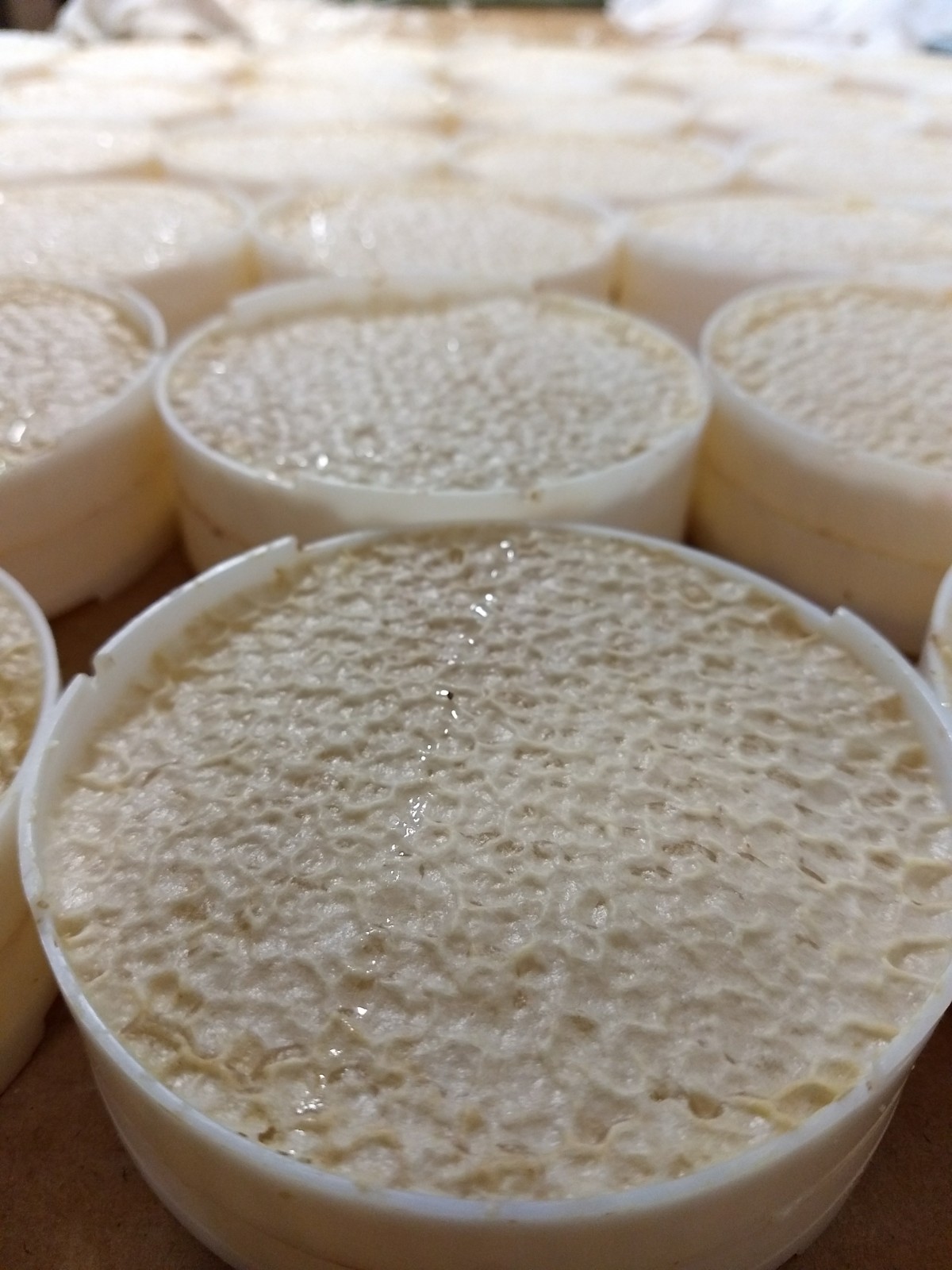Spring
The bees return to Minnesota in Mid-April, coming out of the almond orchards in the Central Valley of California. Bar Bell Beekeepers spend the month of March on the ground in California; working the bees and preparing them for the journey across the country. It is the goal that the hives are healthy and full of bees, therefore the bee keepers do a variety of things to make that happen; grow queens, split hives, and feed the bees all to prepare for the 2,000+ mile drive.
Los Banos, California
These rolling hills hold hundreds of hives for a multitude of bee keepers, they are the space where Bar Bell Bee Ranch prepares the bees for their return to Minnesota. Building up weaker hives, splitting extra large hives and feeding the bees are all part of the process for the journey home. It takes over a month of time to tend to the colony; the views, weather and local flavor of the area make it worth it.
Los Banos, California
Nestled between the Pacific Ocean and the Sierra Nevada foothills, the central valley of California is responsible for nearly all the worlds' almond production. This brings roughly 80% of the United States bee keepers' to the area for pollination.
Squaw Lake, Minnesota
The hives come in on multiple loads of semi-trucks and need to be moved and placed early in the mornings, as the bees orient themselves to the sun. Once placed, a hive should stay in that location until the sun goes down, so the bees don't get lost.
Squaw Lake, Minnesota
If it were easy, everyone would do it; and bee keeping is far from easy. Long days and heavy lifting are rewarded with bountiful harvests, beautiful views and fulfilling work that supports local businesses and the environment.
























